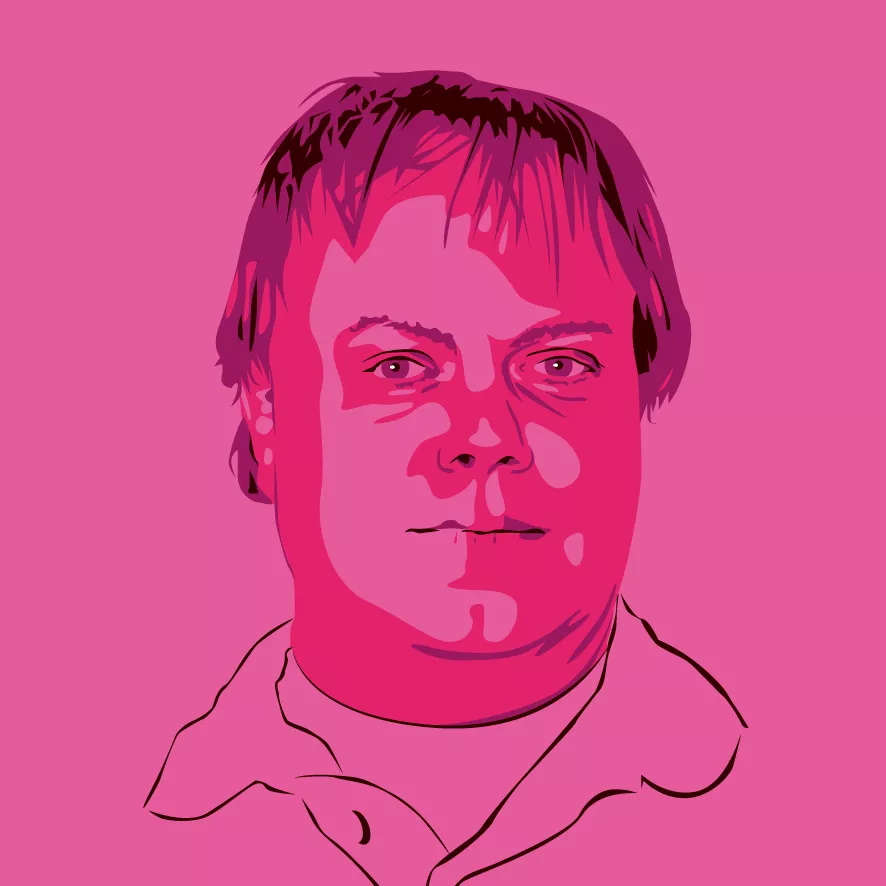Robert Alan Koeneke, creator of the influential roguelike Moria, has died
Moria is one of the earliest roguelikes, and inspired games from Angband to Diablo.

Robert Alan Koeneke, who created the landmark 1980s roguelike The Dungeons of Moria, commonly referred to as simply Moria, has died. Koeneke's death at age 64 was announced in an obituary at dignitymemorial.com.
Koeneke was inspired to create Moria, also known as The Dungeons of Moria, by Rogue, the game that roguelikes are like. He began working on it using VMS Basic in 1981, according to a history of the game at umoria.org, and first released it as Moria Beta 1.0. The title and setting are inspired by Tolkien's Mines of Moria: The goal is to travel to the bottom of Moria and defeat the Balrog who lives there.
In 1983, Koeneke updated the game using VMS Pascal, and gave Moria a full 1.0 release. Through 1983 and '84 he worked with his friend Jimmey Wayne Todd Jr. to expand the game further with specialized character generation options, save/load functionality, and other features. One of its most groundbreaking features was the addition of a town level atop the mine, where players can buy equipment and sell loot.
The Umoria site notes that some information about the early days of Moria is "contradictory," including when he stopped working on it. The book Dungeon Hacks, which includes an interview with Koeneke, says his final release was version 4.5 in 1986. But the source code for version 4.8 includes a bug fix bearing the initials "RAK"—Robert Alan Koeneke. In a message posted to rec.games.roguelike.angband in 1996—Angband is another early roguelike, derived from Moria and released in 1990—Koeneke said his final official release was version 4.7.
Koeneke was working on version 5.0, "a complete rewrite," when he left the University of Oklahoma for a new job. His plan to have students finish the 5.0 release fell through, but he made Moria open source and others picked up the project and ran with it.
"I have since received thousands of letters from all over the world from players telling about their exploits, and from administrators cursing the day I was born," Koeneke wrote in his 1996 post. "I received mail from behind the iron curtain (while it was still standing) talking about the game on VAX's (which supposedly couldn't be there due to export laws). I used to have a map with pins for every letter I received, but I gave up on that!
"I am very happy to learn my creation keeps on going... I plan to download it and Angband and play them... Maybe something has been added that will surprise me! That would be nice... I never got to play Moria and be surprised."
Keep up to date with the most important stories and the best deals, as picked by the PC Gamer team.
Koeneke didn't develop any other games, but it's hard to overstate his influence on videogames: You can draw a straight line from Moria to Diablo and the rise of the action-RPG genre as we know it today. In fact, Diablo co-creator David Brevik said in a 2006 interview with The Escapist that his early concept for the game "solidified" when he "got hooked on an ASCII game called Moria/Angband" in college.
If you'd like to sample Koeneke's work in its original form, Moria remains playable as a standalone download and web-based versions at Umoria.org.

Andy has been gaming on PCs from the very beginning, starting as a youngster with text adventures and primitive action games on a cassette-based TRS80. From there he graduated to the glory days of Sierra Online adventures and Microprose sims, ran a local BBS, learned how to build PCs, and developed a longstanding love of RPGs, immersive sims, and shooters. He began writing videogame news in 2007 for The Escapist and somehow managed to avoid getting fired until 2014, when he joined the storied ranks of PC Gamer. He covers all aspects of the industry, from new game announcements and patch notes to legal disputes, Twitch beefs, esports, and Henry Cavill. Lots of Henry Cavill.

